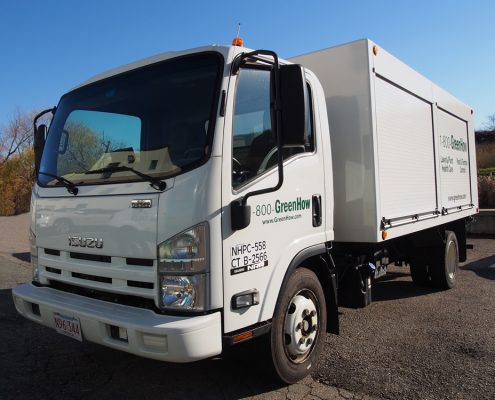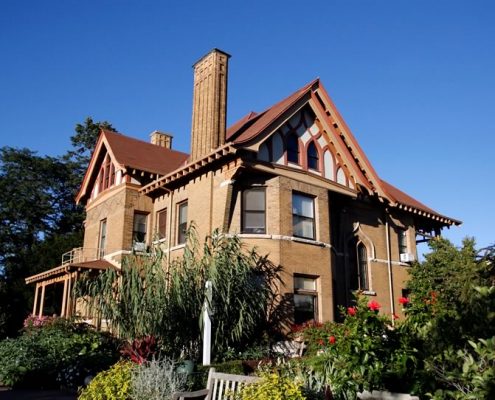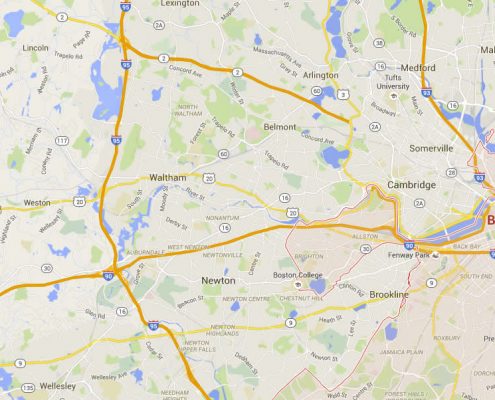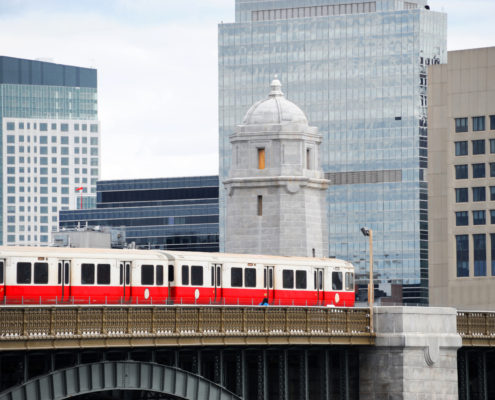Pest Control Services in Cohasset, MA
WE SERVE YOU AT YOUR COHASSET PROPERTY
Cohasset was founded by European settlers in 1614 when the famous Captain John Smith was exploring the coast of New England. However, around 1670, the land was so sought after that it was divided among landowner proprietors. Shares of the land were divided into nearly 700 pieces, with each piece made up of long strips mixed in with different types of land. These landowners were called the “Conahasset Partners,” which was named after the Algonquian word for “long rocky place.”
Eventually, Cohasset became independent because its parent town, Hingham, was only accessible through a single road occupied by Native Americans. During that time, the road was perilous and made it impossible to ship goods and for children to attend school. This led to its final independent settlement in 1770. After that, residents of the town became merchants, fishermen, and shipbuilders. Around the same time, many people turned to the maritime business and profited greatly from cod, mackerel, and lobster, which remains an integral part of Cohasset’s industry.
There’s no question as to why the Algonquians called Cohasset the “long rocky place.” Because of its rigid, stony coastline with ledges and forests throughout, Cohasset’s coastline is unique compared to other towns along the Massachusetts Bay. However, in coastal environments like these, it’s not uncommon for pests like termites, mosquitoes, and rodents to be in abundance—especially around locals’ homes and buildings.
PEST CONTROL SERVICES AVAILABLE IN COHASSET, MA
Just miles from Boston and on Massachusetts Bay’s coastline, Cohasset is a beautiful town on the South Shore. Unfortunately, pests are a nuisance that nobody wants to deal with—which is where Greenhow Pest Control comes in. With a safe and comprehensive approach, Greenhow can treat your property and eliminate any unwanted pests so that you don’t have to worry.
Pest Control
It’s not uncommon for pests like centipedes, crickets, or ants to find their way inside your home, but that doesn’t mean you want to see them there. These tiny pests often make their way indoors through small cracks and crevices that are hard to see—and therefore are hard to combat against.
Termite Control
Termites are a home’s silent killer. And what’s even worse is that since these small insects build their populations in walls, it can be nearly impossible to identify a termite infestation at all. That’s why it’s essential that you work with a termite control expert who can recognize and eradicate any termites from in or around your property.
Mosquito & Tick Control
Mosquitos and ticks aren’t just annoying, but they’re also dangerous. As known carriers of common diseases like West Nile and Lyme, it’s essential to keep your property protected by working with a mosquito and tick control expert at least once every summer season.
Plant Health Care
Pest control isn’t the only thing you have to worry about: There might be small pests snacking on your plants, trees, or shrubs without you even realizing it. Common insects like spider mites and beetles are notorious for destroying gardens, which is why it’s a good idea to work with an expert who can identify pests and keep your plants healthy.
Rodent Control
While rodents generally build their nests outside, they try to find warm shelter when temperatures begin to drop. It’s not uncommon for rats and mice to make their way inside of your home through small crevices and holes around fall and winter. Unfortunately, their presence can cause allergies and even invite other unwanted pests.






